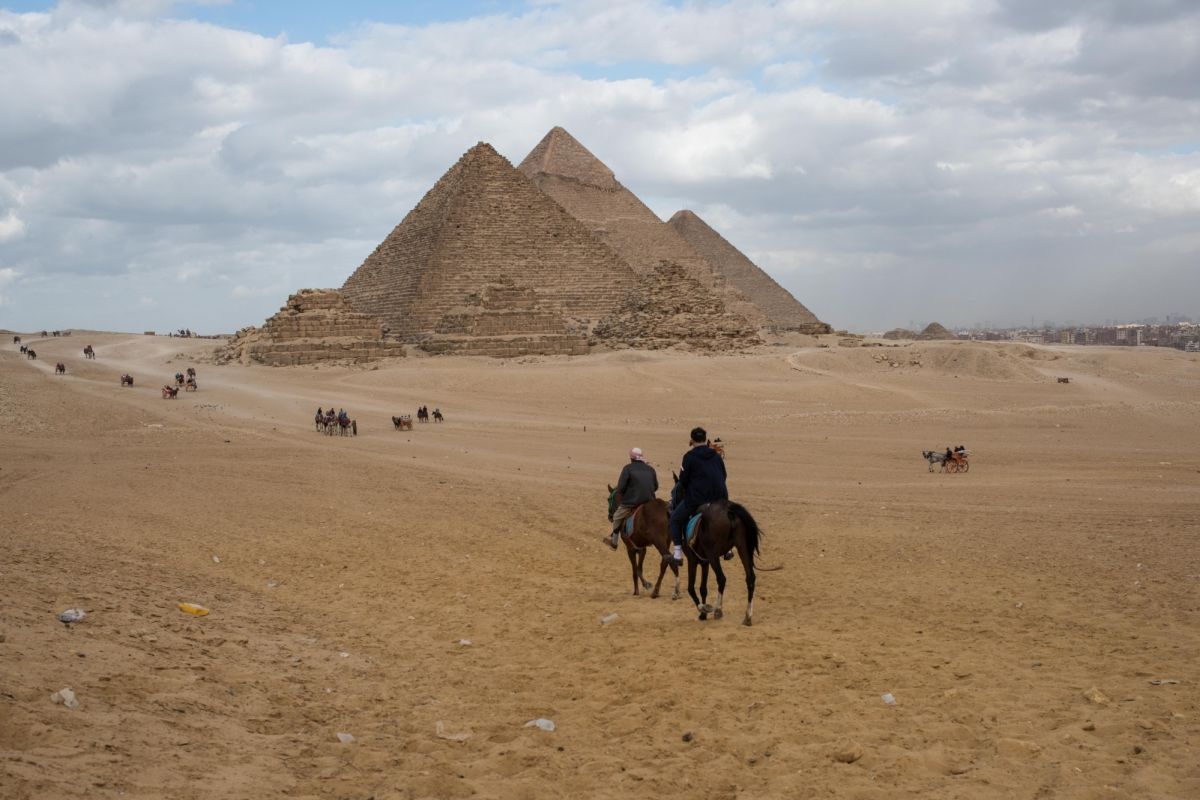An archaeological mission from the Cairo University has discovered the interior of a tomb at the Saqqara necropolis near Giza Pyramids, the Egyptian Ministry of Tourism and Antiquities said in a statement.
The tomb belonged to Ptahemwia, an official who served under King Ramses II in the 19th Dynasty around 3,300 years ago, Xinhua news agency quoted the statement as saying.
Advertisement
“The importance of discovering this tomb is due to the positions held by its owner, who was a royal scribe, head of the treasury, chief overseer of the cattle and also in charge of divine offerings at the temple of Ramses II in Thebes (Upper Egypt),” said Mostafa Waziri, secretary-general of the Supreme Council of Antiquities.
The excavations of Cairo University’s Faculty of Archaeology at Saqqara necropolis started in the 1970s and the actual search for royal tombs began in the 1980s, which led to the discovery of several tombs from the Ramesside Period, according to Ahmed Ragab, dean of the faculty.
But the current mission, led by archaeology professor Ola el-Aguizy, has been working in the site since 2005 and has recently unveiled the entrance and interior of Ptahemwia’s tomb.
“What has been discovered of the tomb is its entrance built of stone carved with reliefs showing the owner of the tomb. The entrance leads to a hall whose walls have drawings painted and coloured on a layer of plaster,” said el-Aguizy, head of the mission.
She added that the mission unearthed stone blocks with inscriptions and a number of Osirian columns, some standing in place and others buried by sand.
The Saqqara necropolis contains numerous pyramids, including the world-famous Step pyramid of Djoser, sometimes referred to as the Step Tomb, and a number of mastaba (a flat-roofed, rectangular structure with inward sloping sides) tombs.
The Djoser pyramid, built during the Third Dynasty, is the oldest complete stone building complex known in history.
